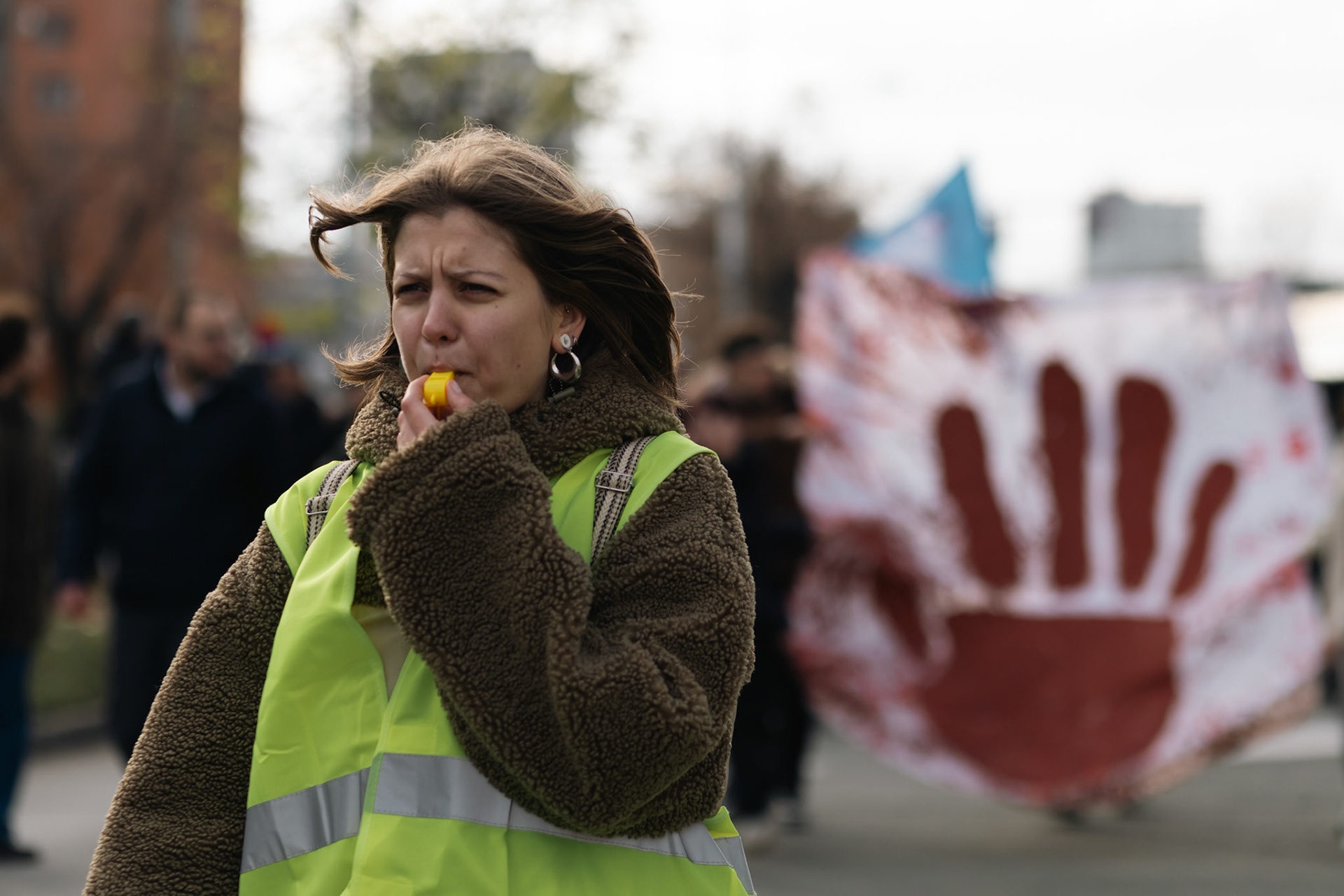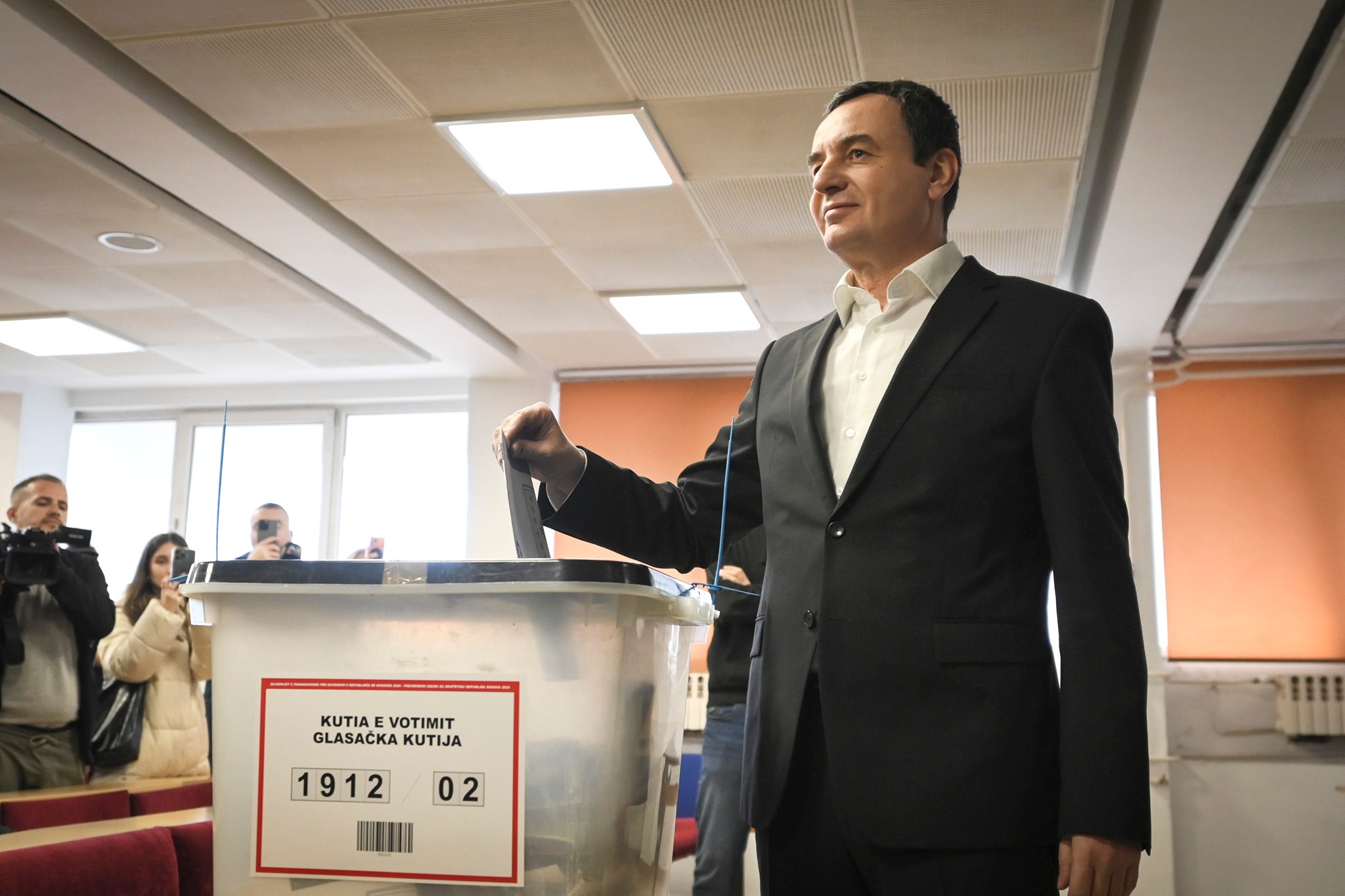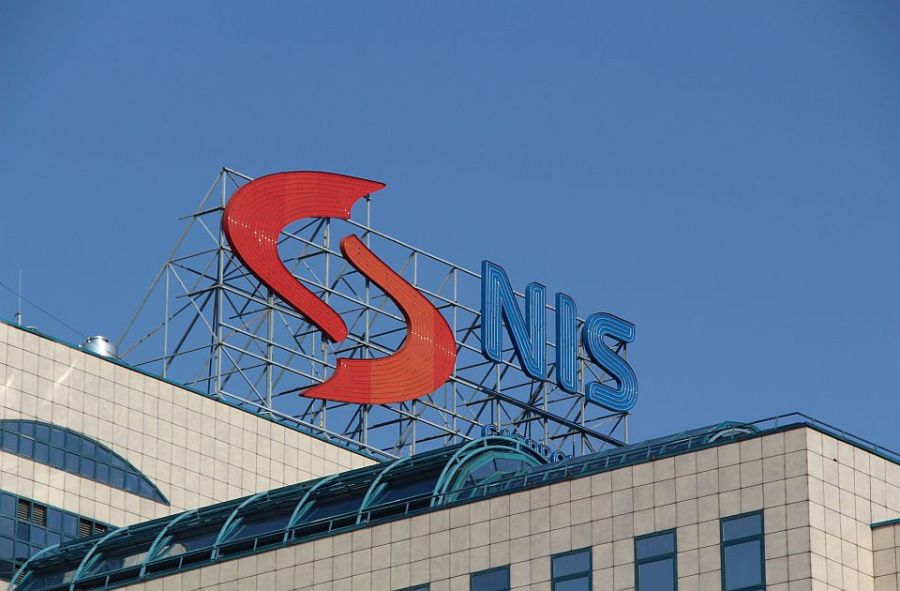Street protests in Serbia under the slogan Srbija protiv nasilja (“Serbia against violence”) have entered its sixth month amid a climate of uncertainty. The first demonstration took place the 8th of May, five days after a mass shooting at an elementary school in Belgrade that killed ten and injured six—followed only a day later by another episode of gun violence in the villages of Dubona and Malo Orašje that left nine dead and over ten injured. Themeasures announced by Serbian president Aleksandar Vučić following the tragic events were far from meeting the coordinated demands of a mosaic of opposition parties and grassroots groups. As a response to the authorities’ lack of accountability, they have since then taken to the streets in an anti-violence cry. Initially proclaimed as non-partisan, without party symbols and speeches, the Belgrade rallies have gradually made way for increased roles from opposition leaders and are slowly gearing up ahead of the winter season.
As 2023 draws slowly to a close, the movement has successfully summoned up to 27 protests in Belgrade alone, but the waves of demonstrations have extended to over 40 municipalities and towns in Serbia since its inception. Only very few of the initial demands of the movement have been met, while the vast majority has been dismissed by the government—including the replacement of the Radio Television of Serbia (RTS) governing board, the revocation of national broadcasting licenses from televisions that promote violence, and the dismissal of both the Minister of Internal Affairs and the head of the Security Intelligence Agency of Serbia.
There is no one-size-fits-all model of success for contentious politics, yet both Serbia and the Western Balkans are well-versed in episodes of social activism on the streets—from which a good deal of lessons can be extracted.
A blueprint for contentious politics
In the Western Balkans, social movements have risen and fallen over the past two decades, but few have left a lasting mark. Among the latest instances, North Macedonia’s Colourful Revolution from 2016 is a textbook example of a successful social movement that left a considerable footprint in the region’s politics. Held in a context of deep political and social crisis triggered by the illiberal wrongdoings of former Prime Minister Nikola Gruevski and his government, the Colourful Revolution took centre stage and introduced an innovative repertoire of action that mustered cross-cutting domestic momentum and international attention.
The Colourful Revolution involved street demonstrations taking place almost every day across North Macedonia for three months, bolstered by relentless online activism. It boasted a sizeable intersectional and interethnic character, managing to gather ethnic Macedonians and ethnic Albanians of all ages, and creating cohesion among protestors standing up for different issues—from the improvement of the economic situation to the protection of LGBTIQ rights. The unquestionably overarching grievance, however, was the overall perception of injustice and political impunity surrounding Gruevski and his VMRO-DPMNE-led government.
Through its demands, the movement aimed to topple the executive and bring officials involved in the 2015 wiretapping scandal to justice, a common goal that contributed greatly to the cohesion of the demonstrators.
Seven years after the protests subsided, North Macedonia is aching from a political crisis of a different kind—and the spirit of the Colourful Revolution is completely diluted. However, the learnings before, during, and after the 2016 movement could give a hint towards the performance, insufficiencies, and prospects of the ongoing protests in Serbia.
Two sides of the same coin?
Certain traits make the experience of the Colourful Revolution relatable to today’s Srbija protiv nasilja demonstrations, which can help better probe the potential outlook of the movement. Both North Macedonia and Serbia boast a long history of social activism, especially salient in the past years when corruption, elite impunity and state capture acted as cross-cutting themes. Both the 2016 and the 2023 protests, as well as many other rallies in-between, are episodes of the same era, when citizens of illiberal regimes in the Western Balkans take to the streets to channel their grievances and outrage against the elite. In both cases, the social outpour of frustration and anger was met with denial from the unaccountable elites, who dismissed the movement’s demands and staged counterprotests to delegitimise them. A key element to both movements is its cross-cutting, decentralised nature: while both emerged and kept their core support in Skopje and Belgrade, they spread quickly across the country and became an all-encompassing cross-urban movement with demands that resonate well beyond the capitals.
Similarities aside, the political and social architecture in 2023 Serbia is arguably distinct. Despite the gradual politicisation of the ongoing protests, namely through the central participation of prominent opposition figures, the role of the opposition parties vis-à-vis the government in Belgrade is still weak and fragmented. The lack of unity among these parties, currently holding one third of the seats in the Serbian parliament, reveals that a political alternative is not achievable in the short run without union—and neither are the opportunities for change. In North Macedonia, the presence of social-democratic leader Zoran Zaev in the protests from early on allowed for his SDSM party to embody the only alternative to Gruevski, acting as an agent of cohesion also among ethnic Albanian parties and even among protestors initially suspicious of SDSM.
Domestically, it could be argued that the 2016 Macedonian state was not politically captured to the same extent as is today’s Serbia, and that civil society still had certain leverage to have their demands heard and even met. In this regard, the involvement of the EU and the US in North Macedonia’s political crisis was instrumental in the context of the Colourful Revolution as they pushed for negotiations between the government and the opposition, ultimately paving the way for government transition. Western partners saw Gruevski’s fall as an affordable cost, unlike they do today with Vučić. The Serbian president and his SNS party keep gloating over the appeasement and praise from Brussels and Washington, who aim to preserve Belgrade strategically close and prevent it from tilting further towards Russia—for the most part, a flawed approach.
Electoral awakening
Following the announcement by president Vučić that Serbia will hold parliamentary elections the 17th of December, alongside local elections in over 60 cities and municipalities and provincial elections in Vojvodina, the ten parties involved in the Srbija protiv nasilja demonstrations confirmed they will concur in a joint coalition platform. This marks a considerable milestone for Serbia’s opposition parties, many of which already refused to compete in the 2020 parliamentary elections and which have otherwise failed to break through the SNS-led institutional monopoly.
The stakes are now higher in their most institutionalised form, as Srbija protiv nasilja is entering a stage that North Macedonia’s Colourful Revolution never got to achieve—that of bringing the movement into parliament. How the anti-violence coalition will manage its ongoing process of transition into the party politics arena and how it will fare at the December polls is directly bound to impact the future of the protests, which as of today remains uncertain. Its success will now be highly dependent on how the multi-party bloc, which encapsulates a mosaic of ideologies across the spectrum, will navigate questions of internal cohesion and power dynamics, while skilfully dodging government-sponsored attacks and smear campaigns, and spurring the engagement of Western partners. And while it does, it will write a new chapter in the contemporary history of contention movements in the Western Balkans—hopefully, with much success.









